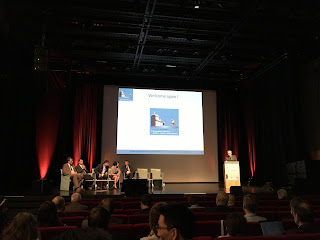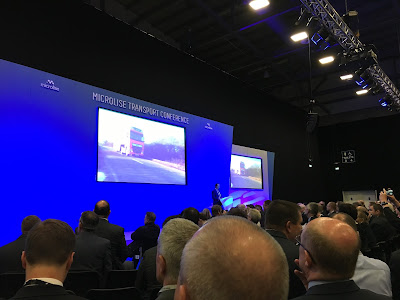10 – My Secondment in Microlise: a new experience

Hey crew, Are you alright? Are you ready for reading a new post? Alright, let’s start then! Almost a month ago I started my secondment in Microlise Ltd . As I already mentioned in the past: Microlise is one of the two companies that is involved within my project. They are experts in truck fleet management and they collect and analyse data from large truck fleets for helping their customer in maximising utilisation, increasing efficiency, and improving economy and safety for their fleets. Fig.1 – The Microlise Ltd logo. How is it going here in Microlise? Well, I have to say that working in the company has pros and cons. The cons are mainly related to the timing: I have to wake up at 6:00am every morning and it takes 1 hour-ish by bus to get to Eastwood, where Microlise is located. Then, I go back home very late (sometimes I come back home after 6:30pm). Fig. 2 – No crew, it is not that terrible! ;) This means that quite often I’m tired, and ...




